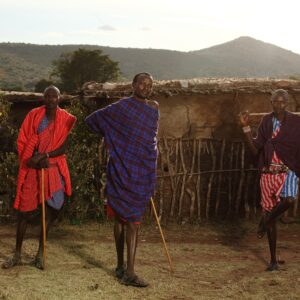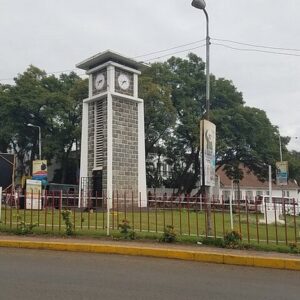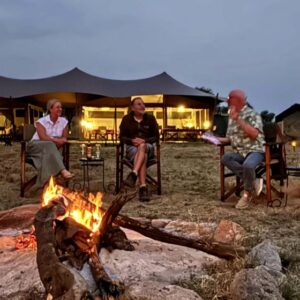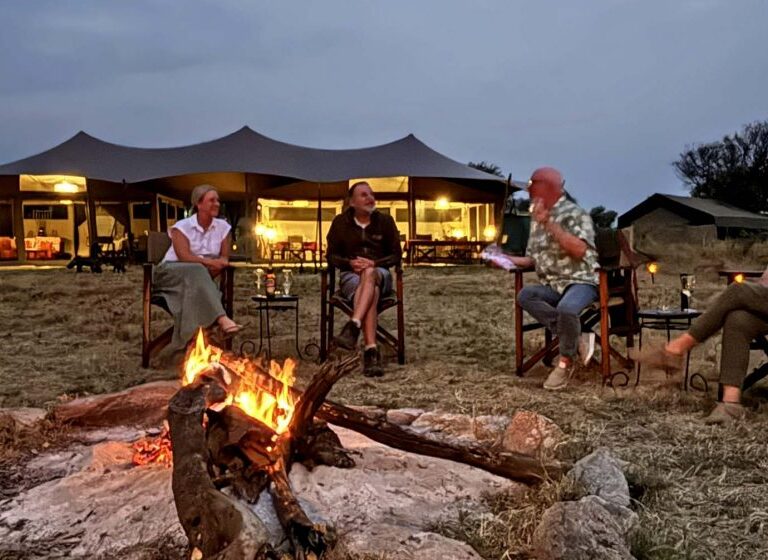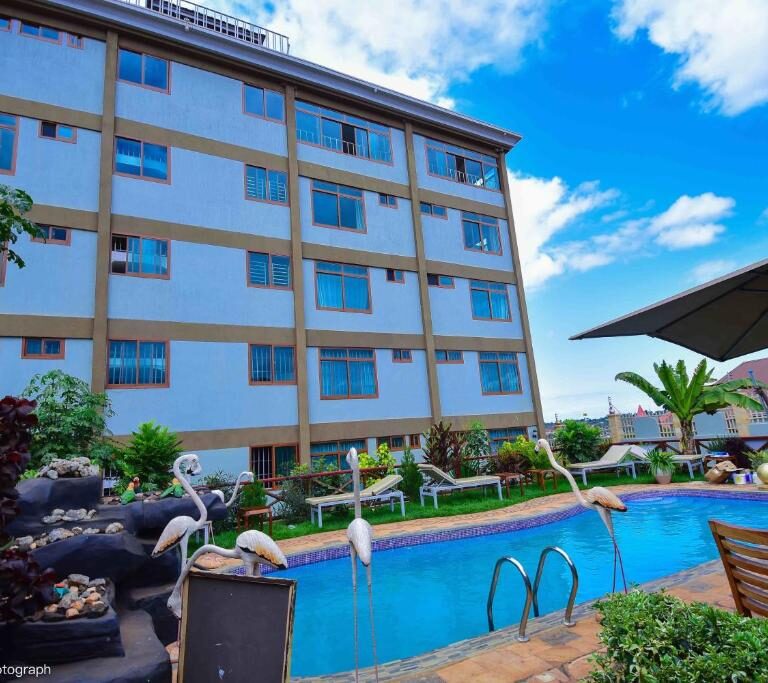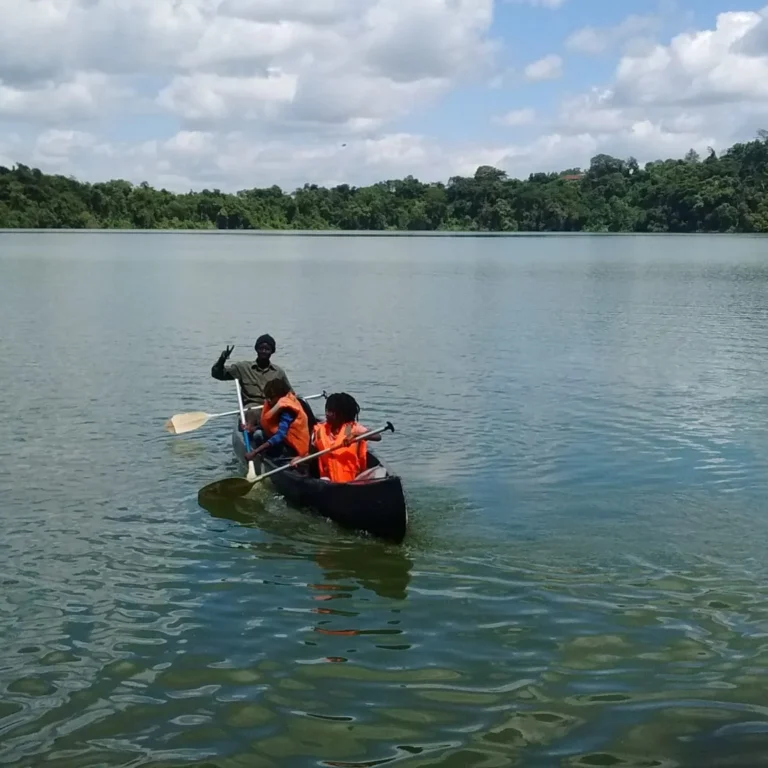Kilimanjaro Climbing in November
Mount Kilimanjaro, Africa’s highest peak, presents a challenge to climbers all year round. However, climbing Kilimanjaro in November has its own unique aspects. November falls during the “short rains” season, making it an unconventional time to climb. While some may avoid the wet conditions, this time offers a different perspective on Kilimanjaro’s magnificent landscapes and an opportunity to enjoy a less crowded experience.
Climbing Kilimanjaro in November can be a surprisingly good choice for adventurous trekkers. Although it’s part of the short rainy season, this period sees fewer crowds, offering a more tranquil experience on the mountain. The rain typically falls in the lower regions, leaving higher altitudes drier with clear skies. With the right gear and preparation, November provides a unique opportunity to enjoy the beauty of Kilimanjaro in a peaceful and uncrowded setting.
Why Climb Kilimanjaro in November?
November on Kilimanjaro may seem daunting to some due to the rains, but it can be one of the most rewarding times to embark on this journey. The trail tends to be quieter, allowing for a more peaceful and solitary ascent. The rains are often light and scattered, meaning you’re unlikely to face constant downpours, especially at higher altitudes. The misty conditions can add a mystical touch to the scenery, making it feel as though you’re trekking through an enchanted world.
Furthermore, Kilimanjaro in November is an opportunity to see the mountain in its lushest state. The lower slopes are vibrant with life, and there’s a higher chance of encountering wildlife along the forest zones. For those who seek a quieter, more serene Kilimanjaro experience, November is an ideal time to climb.
Climbing Kilimanjaro in November Travel Tips
Plan your route carefully. Some routes are better suited to November’s weather. For example, the Northern Circuit or Rongai Route may be less affected by rain than the southern routes, such as the Machame Route.
Pack waterproof gear and focus on layering your clothing to ensure you’re comfortable during varying weather conditions. Even though November isn’t the coldest month on Kilimanjaro, temperatures drop significantly as you ascend, and wet clothes can lead to a miserable hike.
Lastly, choose a reliable tour operator who understands the intricacies of climbing during this season and can guide you through any weather-related challenges.
Weather and Climate on Kilimanjaro in November
Kilimanjaro’s weather in November is marked by the short rains, which typically last from late October through early December. You’ll experience rain mainly at the lower elevations, with mist and cooler temperatures as you ascend. The rainforest zone, which you’ll traverse during the first few days of most routes, can become quite muddy and slippery. As you climb higher, the rainfall decreases, and by the time you reach the Alpine Desert and Arctic Zone, conditions tend to be drier but significantly colder.
Temperatures dip lower in November, especially at higher altitudes. Pack warm layers, including thermals and a down jacket, to combat nighttime chills that can drop below freezing. Remember, proper layering is crucial for regulating body temperature and preventing hypothermia. Average temperature of 76°F (24.4°C) with rain slowly increasing in frequency with partly cloudy skies.
Summit temperatures in November can drop below freezing, especially at night. Winds are also stronger at the summit, adding to the chill factor. Be prepared for a wide range of weather conditions, from humid warmth in the lower zones to frigid winds at the top.
Crowds & Costs for Climbing Kilimanjaro in November
One of the major advantages of climbing Kilimanjaro in November is the lack of crowds. Many climbers opt for the dry months between June and October or January to February. By choosing November, you’ll avoid the peak season rush, allowing for a more tranquil climb.
Costs for Kilimanjaro climbs in November tend to be lower than during peak months. Tour operators often offer discounts or promotions for this quieter season, meaning you can save on your adventure without compromising on the experience.
Where to Go Climbing Kilimanjaro in November
While the Machame and Marangu Routes are popular year-round, the Rongai Route is especially recommended for November. Located on the drier northern side of the mountain, Rongai sees less rain than the southern routes, making it a more comfortable choice for those worried about wet conditions.
November is a wet month, even by Kilimanjaro’s soggy standards, so it isn’t an optimum time for climbing Kilimanjaro. Aerial view of Mount Kilimanjaro. As is the case throughout the year, ground temperatures drop below freezing at night at higher altitudes, but November is colder and windier than average.
The Northern Circuit is another excellent option for November. This route provides a longer, more gradual ascent, giving you more time to acclimatize while enjoying the quieter trails.
What to Do Climbing Kilimanjaro in November
During your climb, take the time to enjoy the biodiversity of Kilimanjaro’s lower slopes. November’s rains bring life to the rainforest, with lush vegetation and the possibility of spotting Colobus monkeys and other wildlife. As you ascend, the landscape changes dramatically, from verdant forest to barren desert, and finally, the ice-capped summit.
Make sure to pause and appreciate the stunning views. The cloud cover during November often shifts dramatically, offering breathtaking glimpses of the landscape below when the mist clears.
What to Bring Climbing Kilimanjaro in November
Your packing list for a November climb should focus on waterproof and insulating gear. Essentials include:
Waterproof jacket and pants
Waterproof gaiters to protect your boots from mud and water
Trekking poles for extra stability on slippery trails
Warm base layers for higher altitudes
Gloves and hats for warmth at night
A reliable rain cover for your backpack
Headlamp for early morning summit attempts
Accommodations for Climbing Kilimanjaro in November
Climbers can choose between tented camps and huts, depending on the route. The Marangu Route offers hut accommodations, which are preferable during the rainy season as they provide shelter from the elements. On other routes like Machame or Lemosho, you’ll stay in tents, so ensure that your tour operator provides high-quality, waterproof tents.
November’s fewer crowds mean that accommodations are less likely to be fully booked, giving you more flexibility in your travel arrangements.
When to Go: Timing Your November Climb
If you’re set on climbing in November, we recommend aiming for early in the month. By mid to late November, the rains are more consistent, and the trails can become muddier and more challenging. Climbing earlier in the month increases your chances of better weather and more manageable conditions.
What to Expect Climbing Kilimanjaro in November
Expect a quieter, more introspective journey in November. Without the large crowds, the mountain feels more serene, and you’ll have ample opportunities to connect with the natural environment. The rain, while present, doesn’t have to ruin the experience as long as you’re prepared.
The final summit night will still be cold and challenging, but the reward of watching the sunrise over the African plains from the roof of the continent is unparalleled.
Scenery and Views on Climmbing Kilimanjaro in November
While clear views may be more elusive due to the mist and clouds, they are no less spectacular when they do appear. In fact, the intermittent cloud cover can create a sense of anticipation, and when the skies clear, the views are all the more breathtaking. The contrast between the verdant rainforest at the base and the barren, icy summit makes Kilimanjaro one of the most diverse climbs in the world.
Challenges of climbing Kilimanjaro in November
- Rain: November falls within the “short rainy season” on Kilimanjaro, which means you can expect more frequent rain showers, especially in the afternoons. This can make the trails muddy and slippery, and increase the risk of flash floods.
- Colder temperatures: November is generally colder than other months on Kilimanjaro, with temperatures dropping below freezing at night, especially at higher altitudes. Kilimanjaro weather in November; Temperature November, 20.9°C | 69.6°F; Temperature November max. 25.4°C | 77.6°F; Temperature November min. 16.6°C | 61.9°F.
- Reduced visibility: Rain and clouds can reduce visibility, making it difficult to navigate and enjoy the scenery.
- Fewer crowds: While this may be a positive for some, it also means there are fewer climbers on the mountain, which can be a safety concern in case of an emergency.
Is Climbing Kilimanjaro in November Right for You?
Climbing Kilimanjaro in November offers solitude, lush landscapes, and discounted rates, but it comes with the challenge of unpredictable rain. If you’re prepared for wet conditions, cooler temperatures, and potentially muddy trails, November provides a quieter, more intimate experience. The less-crowded routes and dramatic scenery make it a unique time to climb. However, if you prefer drier, easier conditions, you might want to consider other months.


